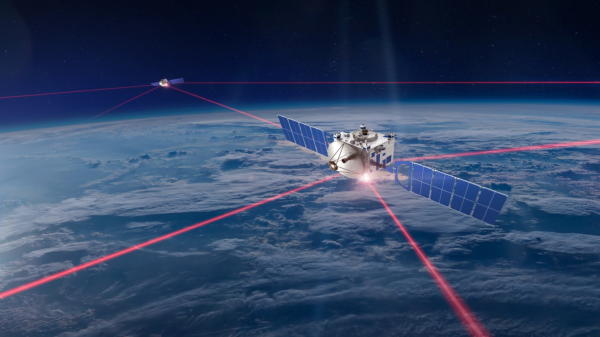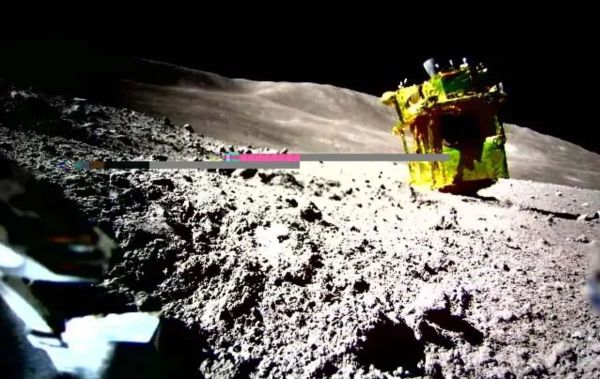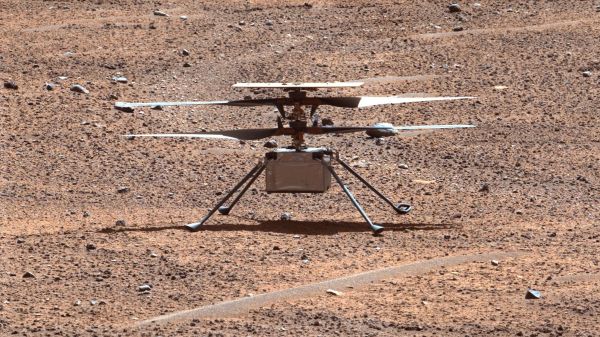Imagine taking a significant amount of metals and other materials out of the Earth’s crust and scattering it into the atmosphere from space. This is effectively what we have been doing ever since the beginning of the Space Age, with an increasing number of rocket stages, satellites and related objects ending their existence as they burn up in the Earth’s atmosphere. Yet rather than vanish into nothing, the debris of this destruction remains partially in the atmosphere, where it forms pockets of material. As this material is often conductive, it will likely affect the Earth’s magnetic field, as argued by [Sierra Solter-Hunt] in a pre-publication article.
A summary by [Dr. Tony Phillips] references a 2023 NASA research article by [Daniel M. Murphy] et al. which describes the discovery that about 10% of the aerosol particles in the stratosphere are aluminium and other metals whose origin can be traced back to the ‘burn-up’ of the aforementioned space objects. This is a factor which can increase the Debye length of the ionosphere. What the exact effects of this may be is still largely unknown, but fact remains that we are launching massively more objects into space than even a decade ago, with the number of LEO objects consequently increasing.
Although the speculation by [Sierra] can be called ‘alarmist’, the research question of what’ll happen if over the coming years we’ll have daily Starlink and other satellites disintegrating in the atmosphere is a valid one. As this looks like it will coat the stratosphere and ionosphere in particular with metal aerosols at levels never seen before, it might be worth it to do the research up-front, rather than wait until we see something odd happening.




















